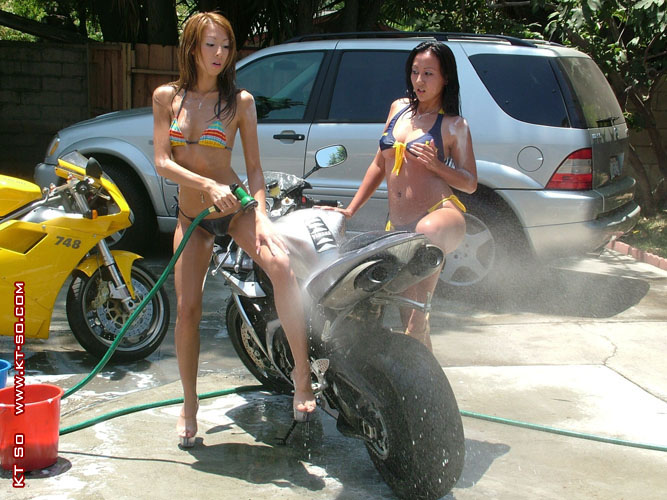By Tom White via : www.motocrossactionmag.com
The German-built Sachs/DKW 125 was one of the first popular purpose-built 125 motocross bikes in America. When motocross exploded in the U.S. in the late 1960s, the choice of good, entry-level machines was limited to Hodaka Ace 90s, Kawasaki Green Streaks and a potpourri of oddball brands.

European brands were the first choice of aspiring 125 class motocross racers, and for a brief window, the $748 DKW was at the top of the list with its rugged, motocross-inspired styling. The Sachs five-speed engine had huge cylinder fins and excellent power. When combined with DKW’s dual-cradle frame, leading-link Bode forks and Boge shocks, the DKW was right on the mark for the U.S. market. Further helping DKW sales was U.S. distributor Ted Lapadakis.

DKWs were nearly bulletproof (with the exception of the Sachs engine’s many false neutrals). The shifting problems were mitigated by the Koba shift kit, proper adjustment and replacing worn-out transmission parts. DKW, or Dampf-Kraft Wagen (German for steam-powered vehicle), goes back to 1916 when Danish engineer Jorgen Rasmussen founded a factory in Saxony, Germany, to build a steam-driven car. By the 1930s, DKW was the world’s largest motorcycle manufacturer. For motocross, the machines were originally called Sachs 125s.

Sachs, who also supplied engines to Penton, Monark, Hercules and KTM, merged with DKW in the ’60s, and by 1970 the Sachs 125s were rebadged as DKWs. The mid-’70s saw DKW fall behind. The leading-link forks were dropped for telescopic forks, and the Sachs transmissions were improved, but they were no longer relevant and fell from the scene... Read more
.












No comments:
Post a Comment